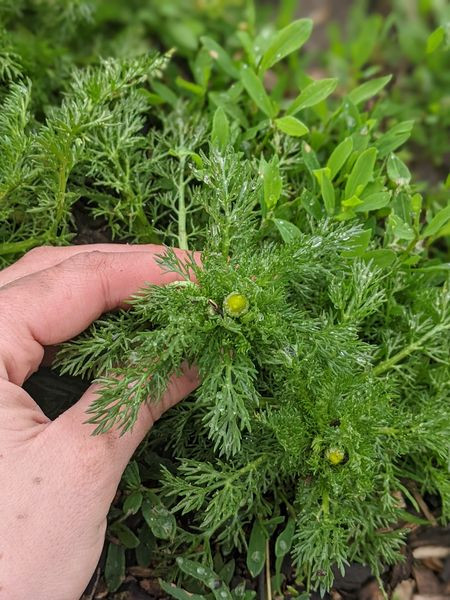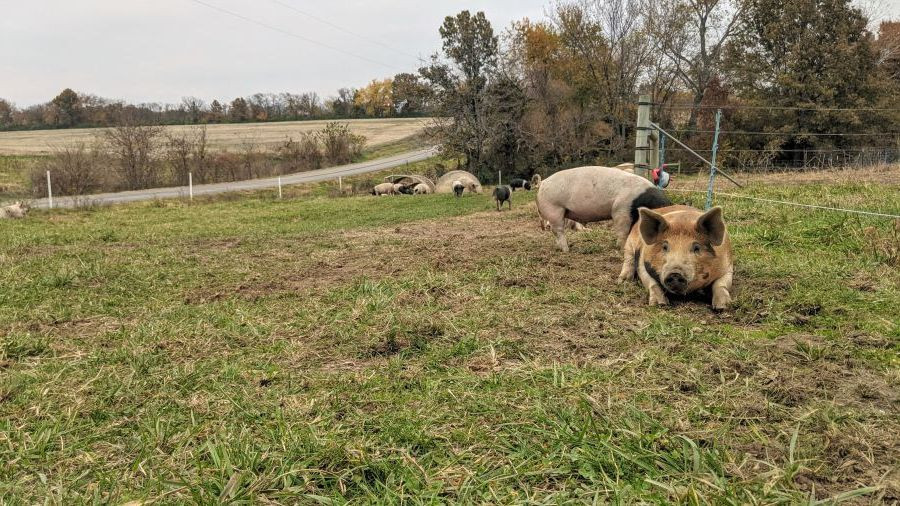From the Foreman's Desk - May Update
posted on
May 3, 2022
I don't know about you all, but it's been rainy here! In fact, it's raining right now as I type this email, and it's making for a peaceful work environment.
It also makes me want to go eat another brownie. I better save some for Remi and Reeves, I guess.
Last week Remi and I went to Oklahoma for a couple of days to visit family and meet my new baby cousin! He was so precious!
This oldest cousin got to hold the youngest cousin.

I was hoping to get to the garden at the front end of the week, but it looks like it'll be towards the weekend when we get some sun
Potatoes and onions are in; now for the rest of the good stuff!
Despite the rain, things are still happening!
The chicks are growing like weeds. The first pic is when they were about a couple of days old.

In this second picture, they are two weeks old!
Pretty soon, these chicks will be going out on pasture.

John and Reeves have been making sure all the MRCs (mobile range coops) are ready to roll, and we have already received our first bulk feed order.
For the bigger chickens on pasture and the hogs, we get bulk feed. It saves us money, and there's less waste from the bags.
For a future email, I'll have to take some pics and show you the process of how they get the feed from the wagons to the chickens!
They're pretty good at using their ingenuity to make things as simple and efficient as possible, and also looking ahead at how to make things better!
Reeves tidied up the shop and has been working on all sorts of things. Check out this mini bike he fixed up!

A new engine and a fresh coat of paint
I'm sure there's more that went into it, but I don't speak mechanic lingo so...
The boys have definitely been having fun with this thing. I just close my eyes so I don't see the craziness
While I'm not overly loving the wet, cold start of spring, I understand it's all part of it.
I get so excited to watch each plant taking its turn to come up and make its presence known!
One of my favorites is Pineapple Weed!
You can eat the little buds/flowers, and they have a fun citrus and fruity burst. So yummy!
Its fancy name is Matricaria discoidea, but its common name can be pineapple weed, wild chamomile, disc mayweed, and rayless mayweed.
It can be a nice addition to a cup of herbal tea, a spring salad, or a sweet treat on your nature walk!
Not to sound like a millennial, but if you want more information on other ways to use it and how it can be beneficial to your body, do a quick google search, and there's lots of info out there!

Now that we're moved in, I was able to bring in my soap-making supplies. I haven't gotten it all set up and organized yet, but I hope to make some soap soon!
Fresh summer scents here we come 
Before I close out, I just wanted to let ya know if you haven't heard of our upcoming farm events, head over to https://davidspasture.com/store/farm-events!
Happy Spring
~Kaitlyn



